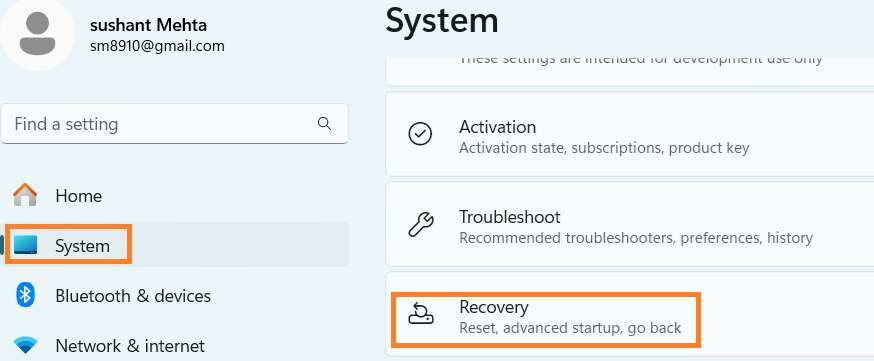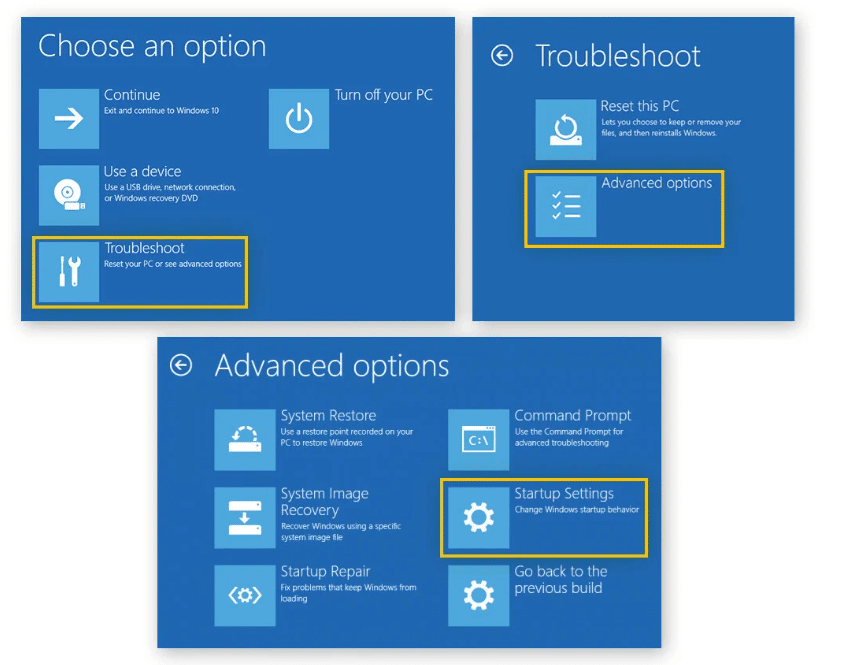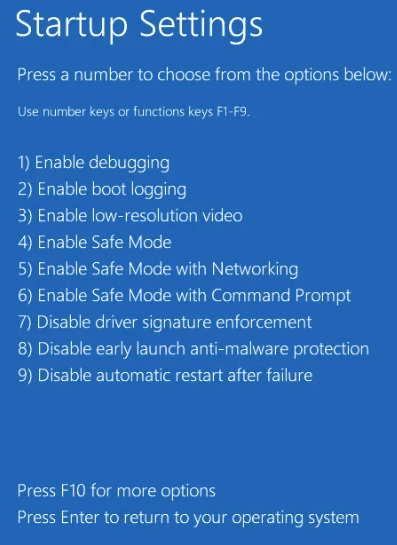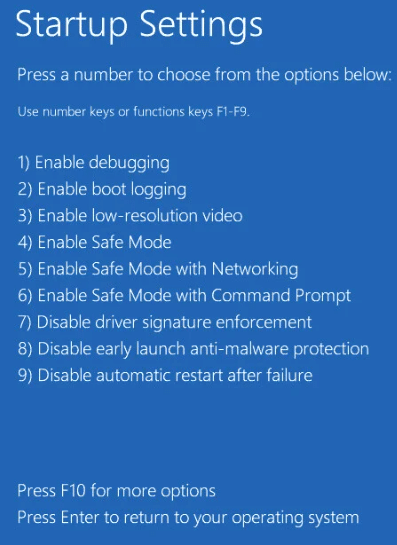Ever wondered what is Safe Mode that experts often talk about when they give tips to troubleshoot computer errors? Or perhaps you know what Safe Mode is, but aren’t sure why and when to use it?
Worry not. In this post, we’ll tell you everything you need to know about Windows Safe Mode.
What is Safe Mode?
Think of Safe Mode as a bare-bone version of Windows or a diagnostic mode in which only essential files and drivers are loaded.
You might be wondering: That’s all great, but why would I ever need it?
You may need to boot Windows in Safe Mode in a number of situations. For example, let’s say you are getting a computer error. If your computer behaves fine when launched in Safe Mode, you can safely assume that the error is occurring not because of core Windows system files but is rather due to a non-essential file or driver. In other words, Safe Mode makes it easier to diagnose and troubleshoot issues.
In addition, because only essential files and drivers are loaded in Safe Mode, launching it makes it easier to find computer viruses and remove them without activating them.
Last but not the least, starting Windows in Safe Mode can help fix issues related to your hard drive, such as an overheating system.
What are the Different Types of Safe Mode?
There are three types of Safe Mode, and which one you should use depends on your needs.
- Safe Mode: This is the standard version in which Windows launches itself without non-essential files
- Safe Mode with Networking: This version of Safe Mode allows you to access the internet and network devices.
- Safe Mode with Command Prompt: In this version, the Windows Graphic User Interface (GUI) is not launched with Windows. Instead you get direct access to an open Command Prompt window. System administrators often use Safe Mode with Command Prompt to fix errors and issues.
What are the different ways to start Windows 11 or 10 in Safe Mode?
When it comes to booting Windows in Safe Mode, the entire process is pretty straightforward. Plus, you can enter Safe Mode in different ways, making it possible to access it even when you cannot log in into your computer or encounter a black screen when you turn on your PC.
Method 1 – Startup Settings
This is perhaps the easiest way to boot into Safe Mode. On the flip side, this option is only available if you can log in into your computer.
- Type settings in the Search bar in the taskbar and hit Enter
- Click System in the left pane (Windows 10 users need to click Update and Security) and then select Recovery in the right pane
- Click Restart now in the startup field
- Once Windows restarts, select Troubleshoot | Advanced Options | Startup Settings | Restart
- To enable Safe Mode, press F4 or 4. To enable Safe Mode with Networking, press F5 or 5. To enable Safe Mode with Command Prompt, press F6 or 6
Method 2 – Sign-in Screen
Can I log in into Safe Mode if I can’t log in into my computer or access Settings?
Several users have asked us this question. The answer is YES.
Here’s what you need to do:
- Start your computer and when you reach the Windows sign-in screen, then press down and hold the Shift key while pressing Power and Restart
- Once the PC boots, click Troubleshoot | Advanced Options | Startup Settings | Restart
- To enable Safe Mode, press F4 or 4. To enable Safe Mode with Networking, press F5 or 5. To enable Safe Mode with Command Prompt, press F6 or 6
Method 3 – Blank Screen
You can even enter Safe Mode if all you see is a black screen when you boot Windows. Here’s how:
- Hold down the power button for roughly 10 seconds to switch off the computer
- Press the power button to turn the computer on
- Once the computer restarts, switch it off once more
- Turn on the PC again
- As soon as your computer restarts, switch it off again
- Power on the computer once more. You may need to choose Advanced Options. Your computer should be in Windows Recovery Environment now
- Select Troubleshoot | Advanced Options | Startup Settings and then click Restart
- To enable Safe Mode, press F4 or 4. To enable Safe Mode with Networking, press F5 or 5. To enable Safe Mode with Command Prompt, press F6 or 6
What you need to do to turn Safe Mode off?
Turning off Safe Mode is easy. Simply click Start | Power | Restart. Now your computer should load normally. If it doesn’t, then perform the following additional steps:
- Right-click the Start button and select Task Manager
- Select File | Run New Task
- Type msconfig and then click OK
- Click the Boot tab in the System Configuration window and uncheck Safe boot
- Click the Apply button and then click OK and Restart
That’s about it. Your computer should now boot normally.
What can I do to prevent my computer from crashing abruptly or avoid performance-related issues?
To ensure your computer runs smoothly, regularly update the operating system and install an advanced antivirus program. In addition, don’t forget to keep your device drivers up to date. The easiest (and the fastest) way to update device drivers is by using a reliable driver update tool, such as Driver Updater.
Automatic driver update tools offer many benefits, the most important ones being:
- You can update device drivers automatically
- The software scans and updates all outdated or missing drivers at one go
- The tool picks the right drivers for your device and operating system, so you won’t have to worry about installing an incorrect driver by mistake
- Automatic driver updates are 100% safe
Driver Updater is one of the best driver update tools out there. Outbyte Driver Updater will give you access to a database of over 1 million drivers. It will regularly scan your PC, suggesting new driver versions to install. Driver Updater contains drivers for a variety of Windows devices. With just one click, you can update drivers in your system.
Step 1
Click here to Install and launch the app
Step 2
Scan all devices
Step 3
Install or update drivers automatically






Leave a Reply